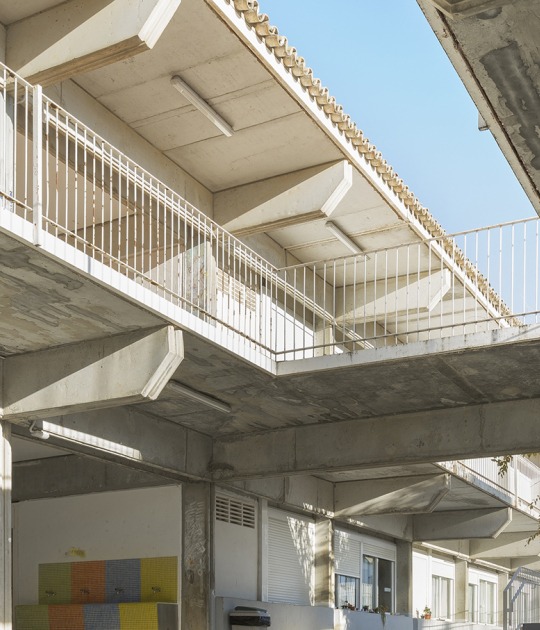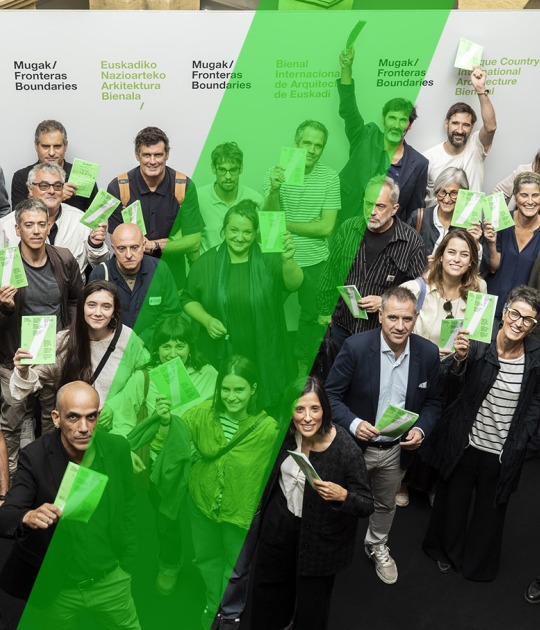Adjaye is widely viewed as an architect with an artist’s sensibility and vision. Also like Noguchi, he is committed to a multidisciplinary practice, with projects ranging from private houses, bespoke furniture collections, product design, exhibitions, and temporary pavilions to major arts centers, civic buildings, and master plans. In 2016, Adjaye opened his largest project to date, The National Museum of African American History & Culture, in Washington, D.C., which was named Cultural Event of the Year by The New York Times. Other completed works include: Ruby City, a new art center in San Antonio, Texas; The Webster, a new flagship retail space in Los Angeles; the Sugar Hill Mixed-Use Development, in Harlem, New York; two neighborhood libraries in Washington, D.C.; the Alara Concept store in Lagos, Nigeria; the Museum of Contemporary Art in Denver, Colorado; the Ethelbert Cooper Gallery of African and African American Art at the Hutchins Center at Harvard University; the Nobel Peace Centre in Oslo; the Idea Stores—two community libraries in London.
Ongoing projects include a new home for The Studio Museum in Harlem, New York; 130 William, a high-rise residential tower in New York’s financial district; the new Sydney Plaza, a public plaza, community building, and artwork in Sydney’s Central Business District; The Abrahamic Family House, an interfaith complex in Abu Dhabi; the UK Holocaust Memorial and Learning Centre in London; and the National Cathedral of Ghana in Accra.
Born in 1957 in Quanzhou, China, artist Cai Guo-Qiang works in a variety of mediums and genres, and is especially well known for his innovative works that incorporate gunpowder and controlled explosions. From his early training in stage design to his exploration of multiple mediums not only for artistic expression, but also as commentary on contemporary social issues, Cai’s involvement in diverse fields reflects the same multidisciplinary, boundary-defying spirit that Noguchi embraced.
Cai’s solo exhibitions and projects have been presented at The Metropolitan Museum of Art, New York (2006); Solomon R. Guggenheim Museum, New York (2008); Pushkin State Museum of Fine Arts, Moscow (2017); Museo del Prado, Madrid (2018); Uffizi Galleries, Florence (2018); National Archaeological Museum of Naples (2019); National Gallery of Victoria, Melbourne (2019); and Cleveland Museum of Art (2019), among other venues. His solo exhibition Da Vincis do Povo toured Brazil in 2013 and was the most visited exhibition by a living artist worldwide that year, attracting over one million visitors.
Cai has received numerous honors, including the Golden Lion at the Venice Biennale (1999), the Hiroshima Art Prize (2007), and the Fukuoka Asian Culture Prize (2009). In 2012, he won the prestigious Praemium Imperiale and was one of five artists to receive the first U.S. Department of State Medal of Arts for his outstanding commitment to international cultural exchange. Other honors include the Barnett and Annalee Newman Foundation Award (2015), the Bonnefanten Award for Contemporary Art (BACA), and the Japan Foundation Award (both 2016).
Cai served as Director of Visual and Special Effects for the Opening and Closing Ceremonies of the 2008 Summer Olympics in Beijing.

























